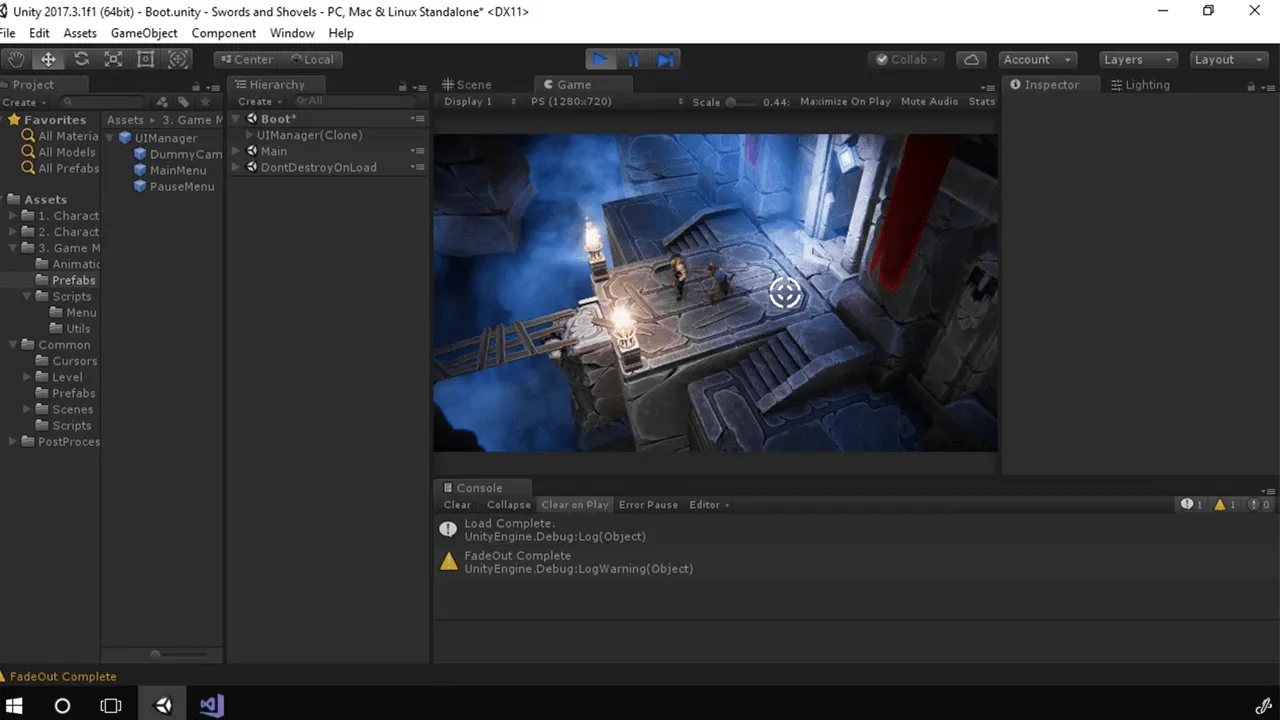
Neural Networks and Random Forests 
This course dives deep into two of the most powerful AI techniques: neural networks and random forests. We'll start by exploring the structure and properties of neural networks, then code some simple models and learn to avoid overfitting. After a project predicting heart disease, we'll move to random forests and explore their differences and origins. Finally, we'll complete a project predicting similarity between health patients. ▼
ADVERTISEMENT
Course Feature
![]() Cost:
Cost:
Free
![]() Provider:
Provider:
Coursera
![]() Certificate:
Certificate:
Paid Certification
![]() Language:
Language:
English
![]() Start Date:
Start Date:
22nd May, 2023
Course Overview
❗The content presented here is sourced directly from Coursera platform. For comprehensive course details, including enrollment information, simply click on the 'Go to class' link on our website.
Updated in [June 30th, 2023]
This course provides an overview of advanced AI techniques, focusing on neural networks and random forests. Students will gain an understanding of the structure and properties of neural networks, and learn to code simple neural network models. They will also explore the differences between neural networks and random forests, and their differing origins. Finally, students will complete two projects: one predicting likelihood of heart disease given health characteristics, and one predicting similarity between health patients using random forests.
[Applications]
Upon completion of this course, students should be able to apply neural networks and random forests to a variety of problems. They should be able to identify the appropriate technique for a given problem, build and train models, and interpret the results. Additionally, they should be able to identify and avoid common pitfalls such as overfitting and regularization.
[Career Paths]
A career path recommended to learners of this course is a Machine Learning Engineer. Machine Learning Engineers are responsible for developing and deploying machine learning models to solve real-world problems. They must have a strong understanding of both neural networks and random forests, as well as the ability to code and debug complex algorithms. They must also be able to interpret and explain the results of their models to stakeholders.
The development trend for Machine Learning Engineers is to become more specialized in their field. As the technology advances, Machine Learning Engineers will need to become more knowledgeable in specific areas such as natural language processing, computer vision, and reinforcement learning. They will also need to stay up to date on the latest research and development in the field. Additionally, Machine Learning Engineers will need to be able to work with large datasets and be able to optimize their models for speed and accuracy.
[Education Paths]
The recommended educational path for learners interested in Neural Networks and Random Forests is to pursue a degree in Artificial Intelligence (AI). This degree typically includes courses in mathematics, computer science, and engineering, as well as courses in AI-specific topics such as machine learning, deep learning, natural language processing, and robotics. Students will learn the fundamentals of AI, including algorithms, data structures, and programming languages, as well as the principles of AI, such as search, optimization, and decision-making.
The development trend of AI degrees is to focus on the application of AI in various fields, such as healthcare, finance, and transportation. Students will learn how to apply AI to solve real-world problems, as well as how to develop AI-based systems and products. Additionally, AI degrees are increasingly incorporating courses in ethics and law, as well as courses in the social and economic implications of AI. This will help students understand the implications of their work and the potential impact of AI on society.
Pros & Cons

Comprehensive coverage of neural networks and random forests.

Clear and concise explanations of complex concepts.

Engaging and interactive lectures.

Lack of programming assignments and exercises.

Persistent issue with empty programming assignments.

Shallow depth of content and limited exercises.
Course Provider

Provider Coursera's Stats at AZClass
Discussion and Reviews
0.0 (Based on 0 reviews)
Explore Similar Online Courses

Free Affiliate Marketing Tutorial - Affiliate Marketing & Ad Tracking with LinkTrackr

Swords and Shovels: Game Managers Loaders and the Game Loop

Python for Informatics: Exploring Information

Social Network Analysis

Introduction to Systematic Review and Meta-Analysis

The Analytics Edge

DCO042 - Python For Informatics

Causal Diagrams: Draw Your Assumptions Before Your Conclusions

Whole genome sequencing of bacterial genomes - tools and applications

MIT 6S191: Recurrent Neural Networks Transformers and Attention

Neural Networks


Start your review of Neural Networks and Random Forests